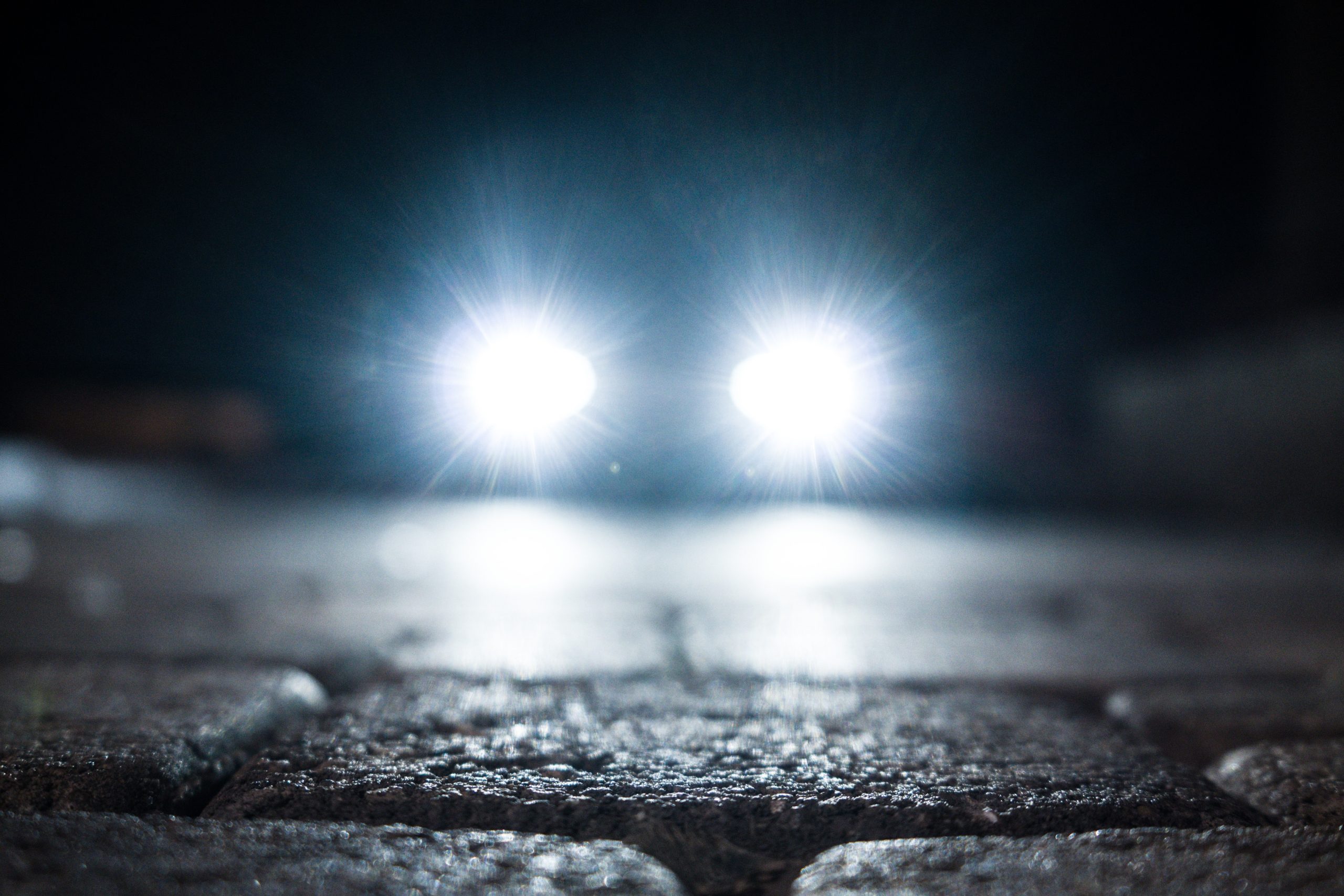Every car today is equipped with a large number of bulbs, both inside and outside, which have the function of making driving safer and more enjoyable. The internal lamps have the task of illuminating the passenger compartment of the car, where the driver and any passengers sit and are generally positioned in the upper part of the cabin. The external bulbs are normally found at the lower level of the fenders at the front and rear of the vehicle. They are used to make the road visible to the driver in the dark, in poor visibility conditions or to send light signals relating to the direction of travel of the vehicle. This is the case, for example, of direction indicators, whose function is precisely to signal changes in the direction of the car while driving. The installation of these devices is mandatory and can also be done by the driver. Basically, there are three categories of car bulbs on the market.
Types of lamps from www.buycarparts.co.uk
1) Halogen bulbs, the classic filament bulbs found in most older vehicles, emit a strong yellowish light. These bulbs have a limited lifespan and range in size from 50 to 60mm.
2) Xenon bulbs, where the bulb is filled with xenon gas. They emit intense white light with blue undertones, are long lasting and range in size from 120 to 150mm.
3) LED bulbs emit very strong white light and use less energy. They are more expensive than the previous two models. Their size varies between 200 and 300 mm.
In the event of a malfunction and misfire, a special warning light will appear on the dashboard, indicating the position of the faulty bulb.
A bulb failure is usually irreversible and the accessory must necessarily be replaced. If, on the other hand, the light bulb is working, the cause of its malfunction will be a problem with the wiring, due for example to a short circuit or a broken wire. Incorrect installation of the bulb, as well as a reduction in the electrolyte level of the battery or a malfunction of the switches and switches can also be responsible for the bulb not lighting up.
As far as maintenance is concerned, washing the surfaces of the car's headlights is recommended so that the quality of the light emitted is not affected by dust or dirt deposits.
Replacing the bulbs is an operation that can be easily done by yourself and almost intuitively.
Here are some tips that may be helpful:
1) Turn off all car lights to avoid short circuits.
2) Make sure the new bulbs are of the correct voltage, have no scratches, and are not damaged or worn.
3) Replace only if you are sure the part is cold.
4) Pay attention to the angle of inclination of the headlights.
5) Use protective gloves when removing and assembling the bulbs.





